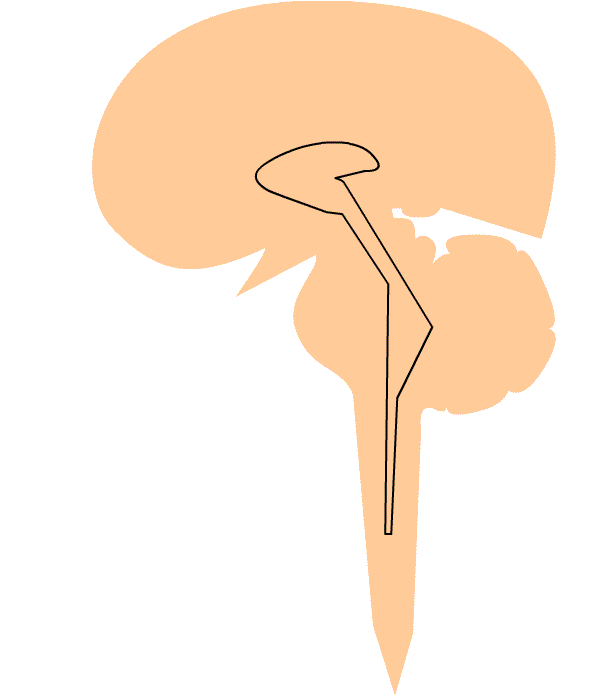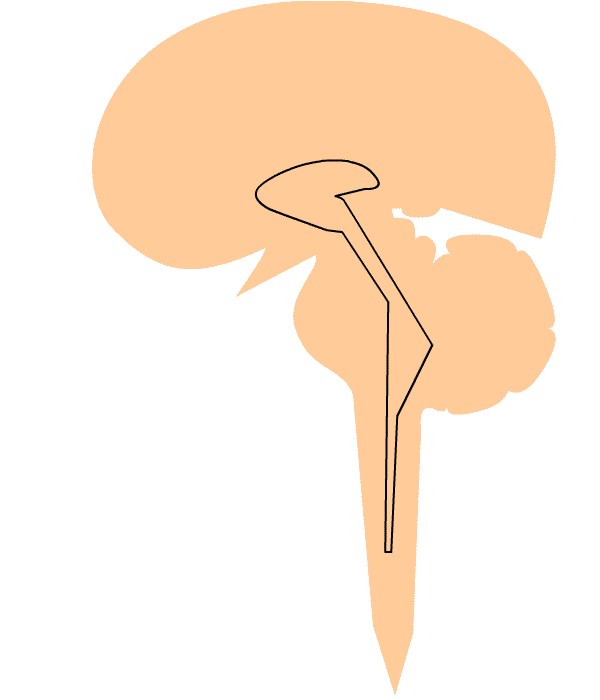Neurootological Therapy
Our several years of experience in Otoophtalmological Neurophysiology field has qualified us to establish topodiagnostic patterns and to know exactly the different locations of the processes involved.
This proves valuable for both the functional anatomical place from where the process is originated, as well as for the symptomatology that said disorder produces, registering in both cases a sort of biochemical unbalance on neurotransmitters of the different biocybernetic circuits.
We have, nowadays, three important ways to be followed for treatment of neurosensorial disorders, in line with the location and etiopathogenesis of same.
-
Pharmacotherapy
-
Physiotherapy
-
Surgery

Pharmacotherapy is our selected therapy in disfunctions by liberation or inhibition located in the area of sensorial receptors -eye, ear- upon the “trigger” zone of the cardiopneumogastroenteric nucleus as well as on the vestibular, auditive and visual circuits placed at the brainstem and on its cortical projection.
We mainly apply physiotherapy on disorders of receptors of the inner ear, particularly in the case of peripherical vestibular lesions, where by means of training its rehabilitation is aided.
The most frequent indicators for surgical treatment are expansive processes of the cerebellopontine angle, etc.
The neurosensorial therapeutical monitoring consist of a qualitative and quantitative evaluation of the different reactions of the sensory and cerebral functions and establishing a comparison between one another.
The success or fail of a therapy should be evaluated timewise and by means of the objectivation and recording of the patient's biophysical data, which enables us to quantify if, through the medicine, an improvement has been registered or if it has worsened the process.
On treating a patient with neurosensorial disorders, it should be taken into consideration:
-
Patient's Subjective Troubles: nausea, vomit, blurred vision, cephalalgia, etc.
-
Patient's Background: cardiovascular diseases, metabolic - diabetes, hormonal diseases-, cervicocephalic, neurological traumatism, etc.
-
Differential Functional Diagnose
- Peripherical Lesions
- Central Lesions
- by reaction delivery
- by reaction inhibition
-
Symptomatological Treatment
Statistics from our Data Bank show that vertigo, nausea and tinnitus are the most frequent subjective symptoms of the vertigo patient.
Historically, antivertiginous products are developed from antiemetic ones, being its application increased during recent years due to great development of plane, car trips, etc.
The typical ache due to headache or migraine signs is treated with antiheadache and antimigraine products, depending on the sort of migraine that the patient is suffering from, i.e. vasospastic or vasodilatory.
-
Therapy of Peripherical Vestibular Lesions
In peripherical vestibular lesions we apply an antivertiginous therapy or a combination of the drug with pyridoxine.
In the case of peripherical vestibular lesions joined to auditive disorders or not, we use a sort of medicine acting on histaminergic receptors of inner ear increasing blood afflux in stria vascularis area.
-
Therapy of Central Vestibular Lesions
Central lesions are much more frequent than peripherical vestibular lesions.
In lesions due to delivery of the system, functions of control and depression of the vestibular nucleus are led by cerebello through a GABA-minergic mechanism, being Vitamin B6 and its by-products an important co-factor in gamma-amino-butyric acid production (GABA).
We also indicate some other medicine from the nootropics group with very important GABA-minergic functions.
In lesions of central origin due to depression of the cholinergic system and of metabolism at the paramedial-pontine-reticular formation, where a depression of the system at mesencephalic level is found, we prescribe acetylcholinergic precursors.
In the case of aged patients presenting a brainstem slowness syndrome, we have obtained excellent results with a phytotherapeutical combination.
In lesions affecting rubro-nigro-striatal system, Dopamine precursors perform a depression action on mesencephalon. Methyl-xantines- caffein, etc. produce an upgrade of dopaminergic tone, thus obtaining an increase of the inhibitor tone upon the reticular formation.
In cortical cerebral lesions as in the case of dysrhythmia, headache or migraine, epilepsy, we prescribe regulators of cerebral rhythm.
In cognitive disorders we count on the new drugs capable of inhibiting recaptation of serotonin, dopamine and acetylcholine.
-
Vasoactive Therapy and Metabolic Regulators
The brain and sensorial organs can not be considered independently from the rest of the body, depending cerebral functions on general circulation and on metabolic function. 23% of total needs of oxigen are required by the brain, which requires 20% of cardiac minute volume and 25% of the whole needs of glucose required by the body.
Special attention should be paid to orthostatic vascular disorders with lowering of arterial pressure, to circulatory hypotonias and to vascular affections joined to hypertension.
Doppler Ultrasonography is not significantly useful to objectively show the sort of vascular disorders affecting the patient.
Nowadays, we count on medicines capable of controlling endothelial transmission in ischemial processes of small arteries, belonging to this group calcium antagonists.
Products derived from rye ergot have an important action of sympathicolitic type.For vascular-metabolic affections we combine viscosity improvers with the group of the new cerebral antioxidants, improving not only blood flow quality, but also the exchange of substances through vascular walls.
The different examination methods used by us are an excellent system to base and direct a therapy, and also to be able to check up its results through time.
Statistical evaluation of 6453 patients quantitatively studied before and after treatment enables us to assert:
- 55.3% showed whole recovery of the clinical manifestations
- 35.7% a partial recovery in quantitative evaluations, and only
- 9% of the cases have not shown any improvement at all in conection with the symptoms and signs which have been the reason of their consultation.
The proper application of a topodiagnose, pharmacological and etiological monitoring on the patient with neurosensorial affections, has been the highest success obtained throughout our 20-year experience in treating patients with neurosensorial affections.
